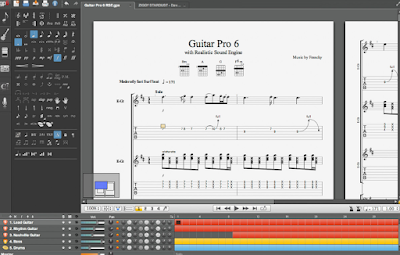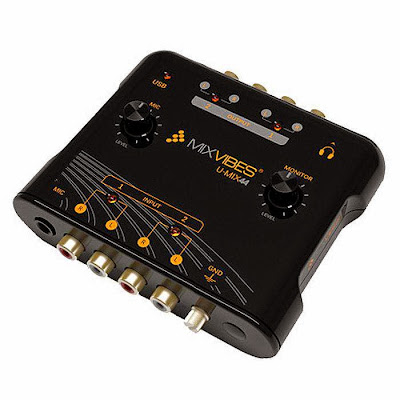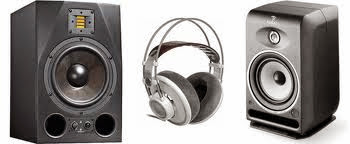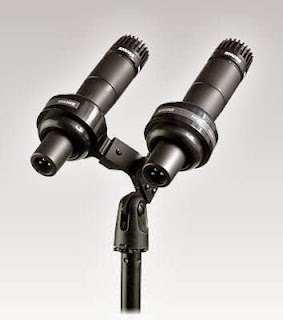"New Music Tech: The Software of the Future - A Guide to the Most Advanced Music Software Solutions in 2023"
Music production has come a long way since the days of analog studios and traditional instruments. With the advancement of technology, new music tech software has emerged to offer musicians and producers unparalleled creative possibilities and opportunities. In 2023, the future of music creation is more exciting than ever, with innovative software solutions that are pushing the boundaries of music production.
In this article, we will explore the most advanced music tech software of the future, focusing on their unique features, capabilities, and user-friendly interfaces. Whether you are a professional music producer or a beginner just starting out, these innovative software solutions are sure to take your music creations to the next level.
DAWs (Digital Audio Workstations)
Digital Audio Workstations (DAWs) are the backbone of modern music production and offer a comprehensive suite of tools for recording, editing, and mixing audio. Some of the most popular DAWs in 2023 include Ableton Live, Logic Pro X, FL Studio, and Cubase. These software solutions offer a wide range of features, including virtual instruments, effects plugins, MIDI editing, and automation.
Samplers and Virtual Instruments
For music producers looking to create unique sounds, virtual instruments and samplers are essential tools. 2023's top-rated samplers and virtual instruments include Native Instruments' Kontakt, Xfer Records' Serum, and Spectrasonics Omnisphere. These software solutions provide an extensive library of sounds, as well as the ability to import your own samples and create custom sounds.
Audio Plugins
Audio plugins are essential tools for music production, providing a range of effects and processing options for audio tracks. In 2023, some of the most popular audio plugins include Waves' SSL 4000 Collection, iZotope's Ozone, and the FabFilter Pro-Q3 equalizer. These plugins offer professional-quality effects and processing options, allowing producers to achieve professional-level sound in their music productions.
Music Notation Software
For musicians and composers, music notation software is a must-have tool. In 2023, the most advanced music notation software solutions include Sibelius, Finale, and Dorico. These software solutions provide a comprehensive suite of tools for creating, editing, and publishing sheet music, making it easy to create professional-level scores and compositions.
Music Making Apps
For those on the go, music making apps provide a convenient and portable solution for creating music. In 2023, some of the most popular music making apps include GarageBand, Caustic 3, and BeatMaker 3. These apps offer a range of tools and features, including virtual instruments, effects, and MIDI editing, making it easy to create music on the go.
Mastering Software
Mastering is the final stage in music production and requires specialized software to achieve the best results. In 2023, top mastering software solutions include iZotope Ozone, Waves L2, and FabFilter Pro-L. These software solutions provide a range of advanced processing options, including equalization, compression, and limiting, making it easy to achieve professional-level sound in your music productions.
Live Performance Software
For live performers, live performance software is a must-have tool. In 2023, some of the most advanced live performance software solutions include Ableton Live, Mainstage, and FL Studio. These software solutions provide a range of tools and features, including virtual instruments, effects, and MIDI editing, making it easy to create and perform live music in real-time.
It's important to remember that while these music tech software solutions offer advanced features and capabilities, they are just tools. The real magic happens when you bring your creativity, musical skills, and passion for music to the table. So, don't be afraid to experiment and explore, and always remember to have fun making music.
In 2023, the music industry is constantly evolving and advancing, and staying up-to-date with the latest technology is key to staying ahead of the curve. Whether you are a professional producer, musician, or just starting out, investing in the right music tech software can help you achieve your creative vision and reach your full potential.
So, what are you waiting for? Start exploring the future of music tech today, and see how these innovative software solutions can help you create the music of your dreams. With the right tools, the possibilities are endless, and the future of music is waiting for you.
















